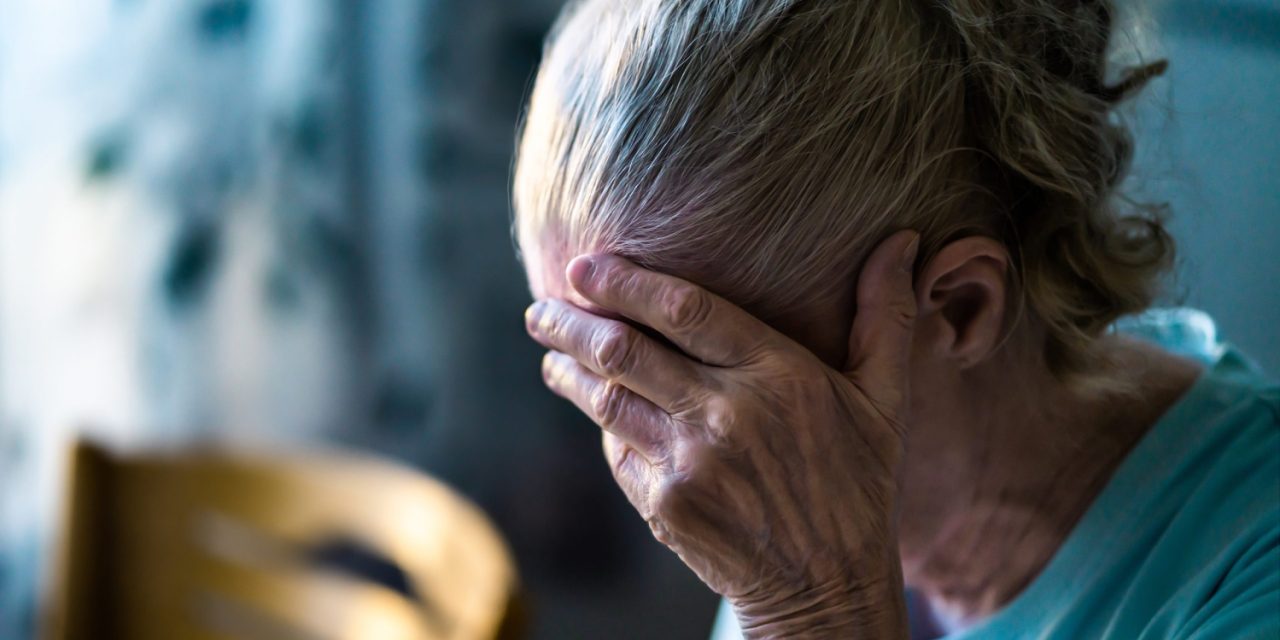There is significant variability in the type and severity of symptoms reported by individuals diagnosed with binge-eating disorder (BED). Using latent class analysis (LCA), the current study aimed to investigate potential sources of heterogeneity among individuals with BED. Participants were 775 treatment-seeking adults with DSM-IV-defined BED. Doctoral research clinicians reliably assessed participants for BED and associated eating-disorder psychopathology using the Structured Clinical Interview for DSM-IV Disorders and the Eating Disorder Examination (EDE) interview, measured weight and height, and participants completed a battery of self-report measures. Based on fit statistics and class interpretability, a 2-class model yielded the best overall fit to the data. The two classes were most distinct with respect to differences in body image concerns, distress about binge-eating, and depressive symptomology. Number of binge episodes were significantly different between classes, though the effect was much smaller. Body mass index was not a significant covariate in the majority of models. The results show that many of the features currently used to define BED (e.g., binge-eating frequency) are not helpful in explaining heterogeneity among individuals with BED. Instead, body image disturbances, which are not currently included as a part of the diagnostic classification system, appear to differentiate distinct subgroups of individuals with BED. Future research examining subgroups based on body image could be integral to resolving ongoing conflicting evidence related to the etiology and maintenance of BED.Copyright © 2020 Elsevier Ltd. All rights reserved.
Examining heterogeneity of binge-eating disorder using latent class analysis.


